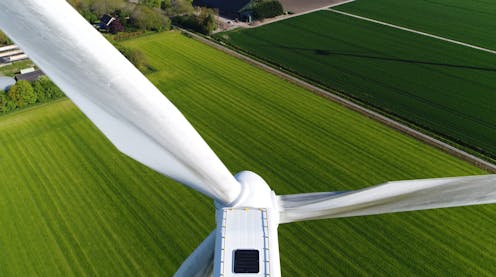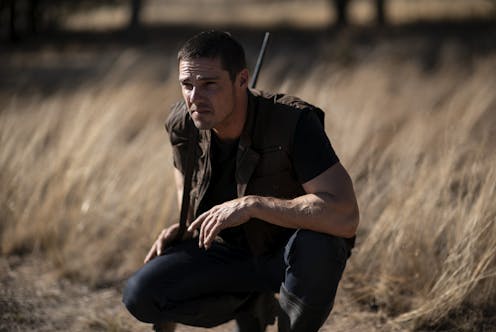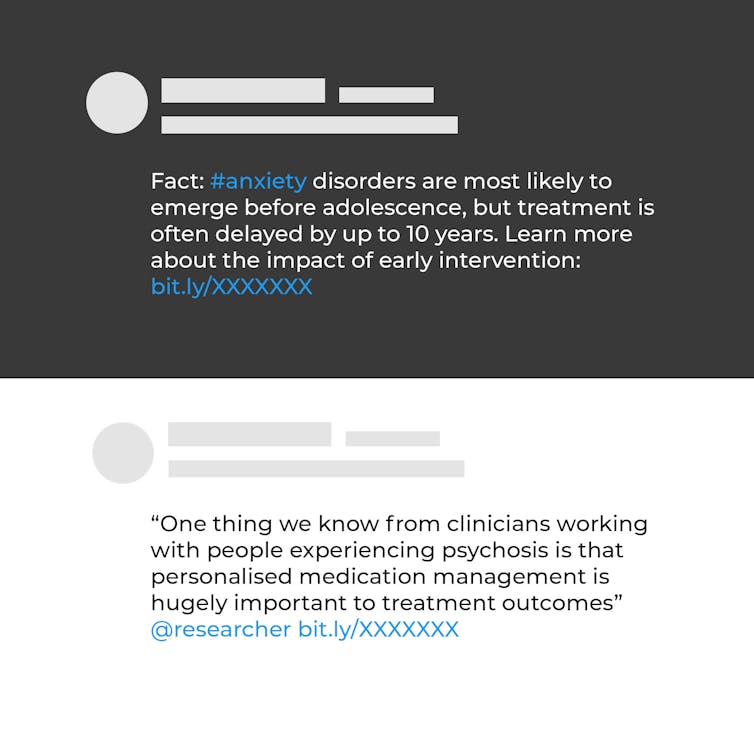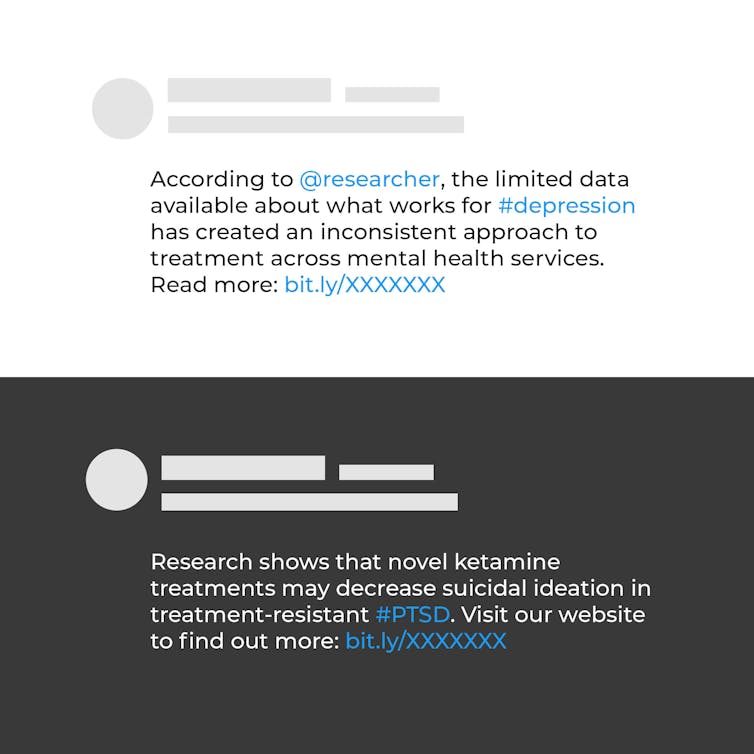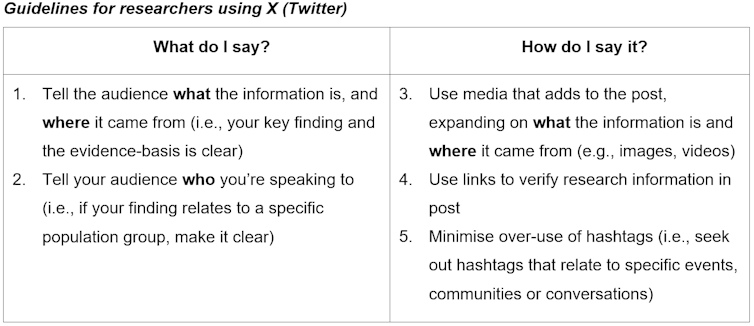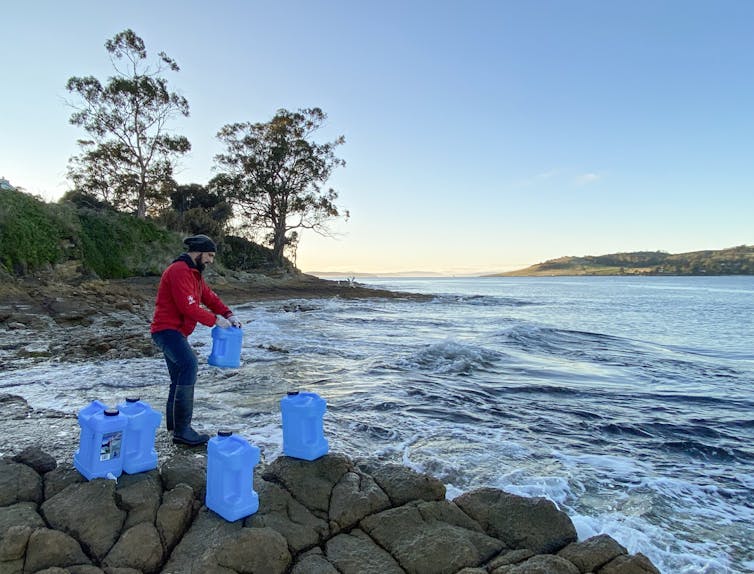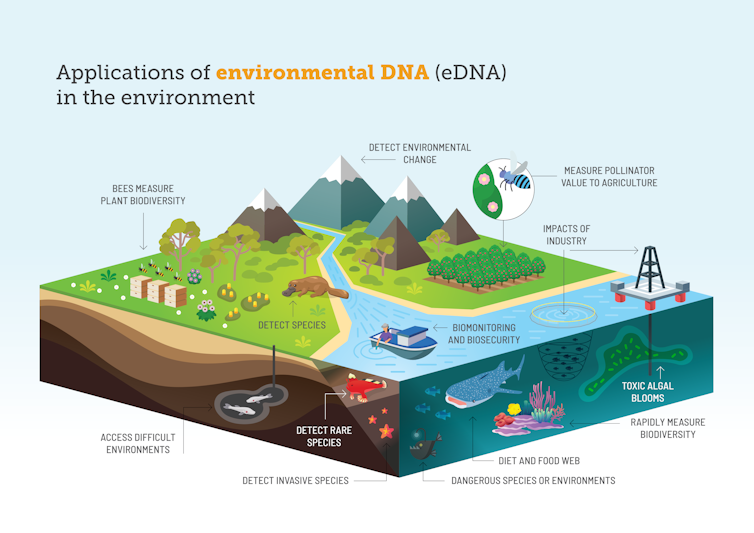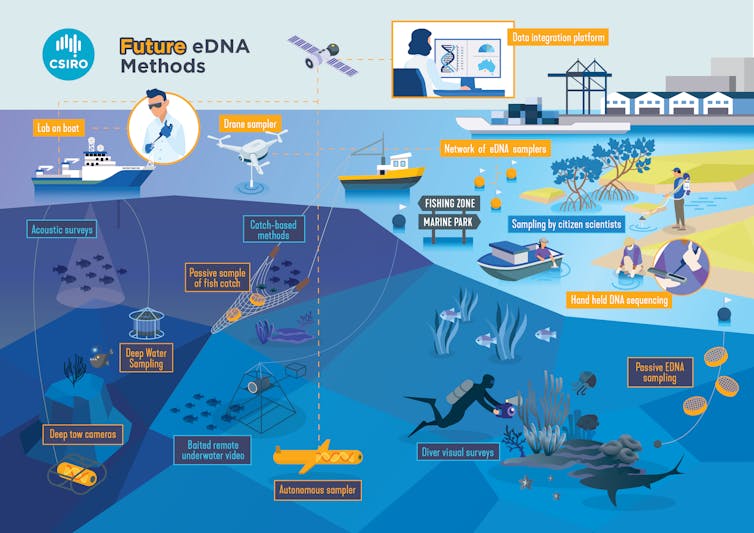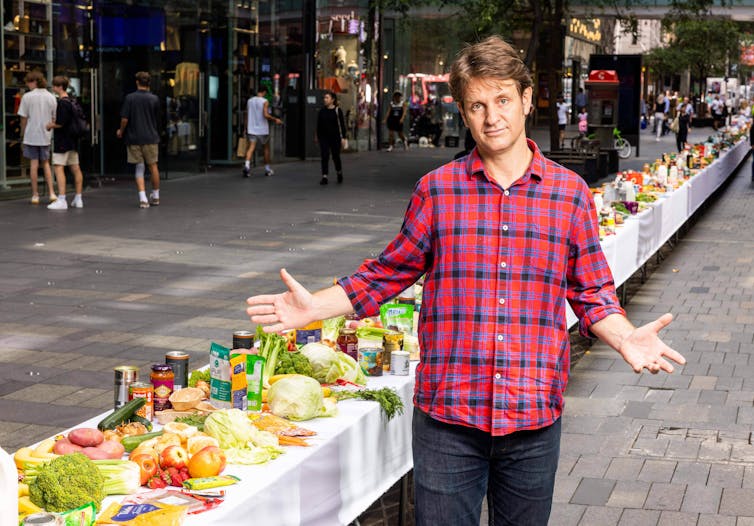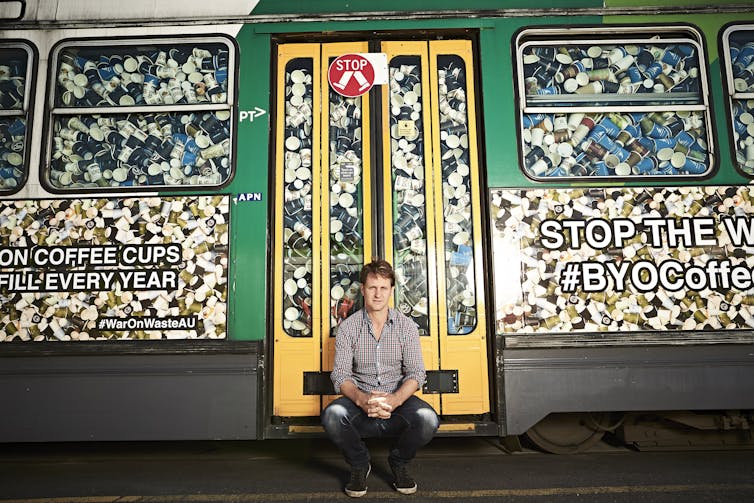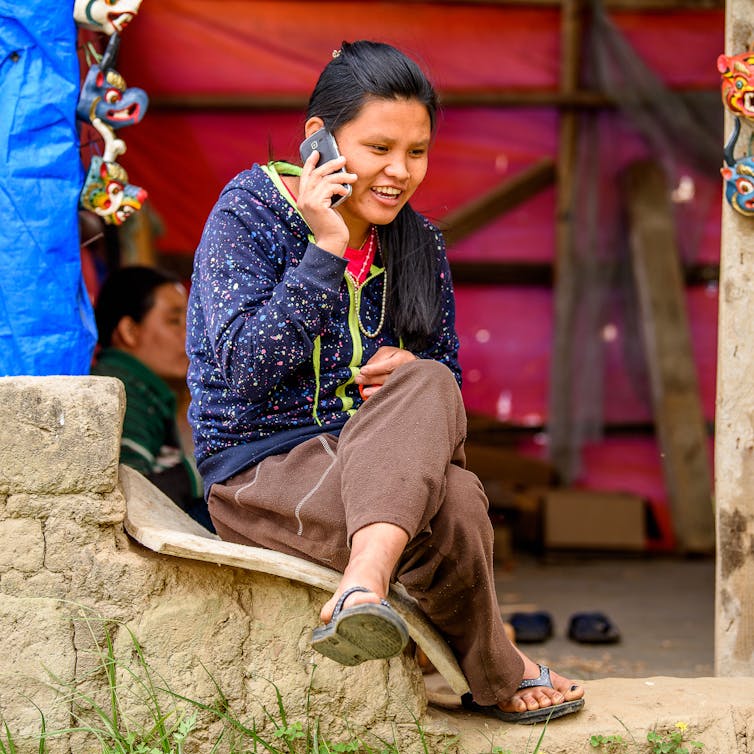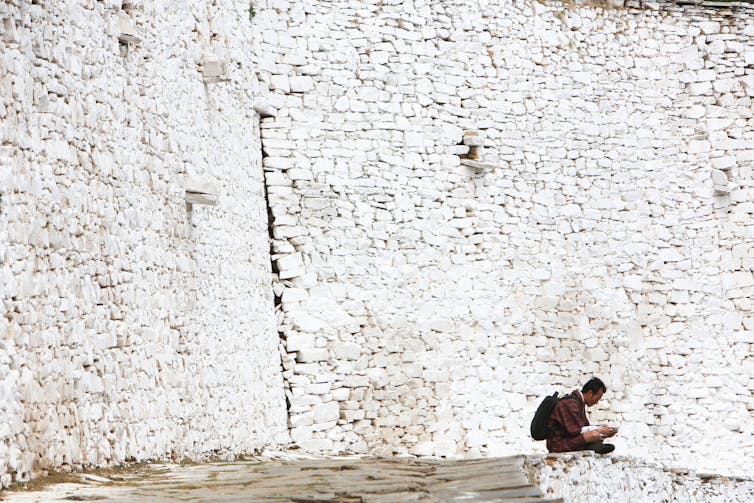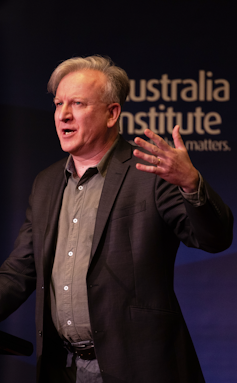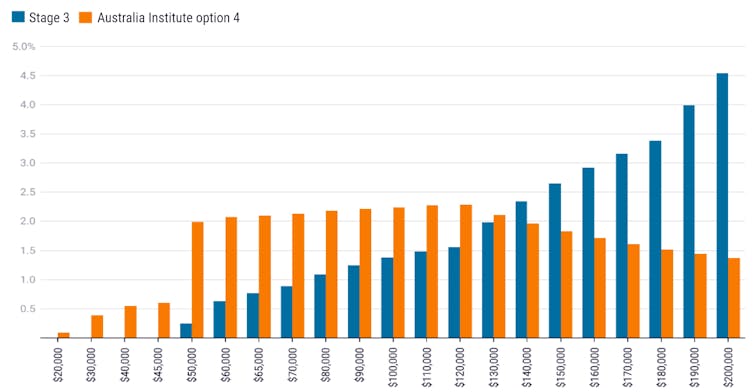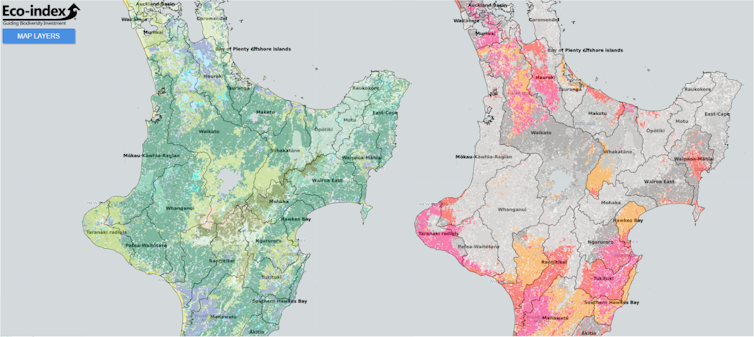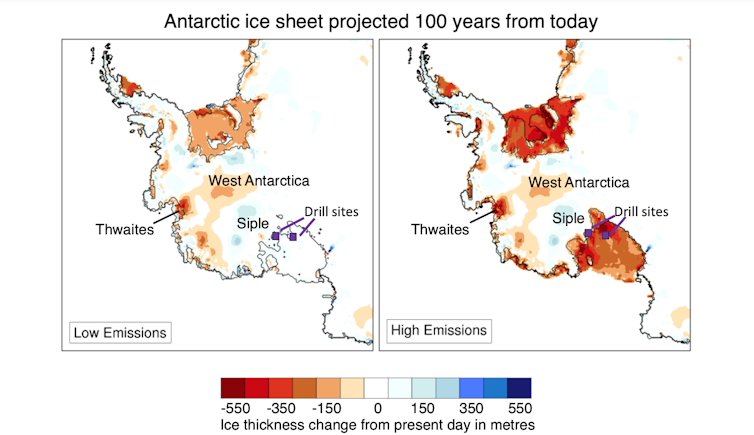Source: The Conversation (Au and NZ) – By Alexander Tan, Professor of Political Science and International Relations, University of Canterbury
Since the dawn of the Mixed Member Proportional (MMP) voting system in 1996, New Zealand’s parliament has become increasingly diverse. The 2020 election saw a record number of female MPs enter parliament and a world record proportion of MPs from the rainbow community.
Ethnic diversity also increased in 2020, with New Zealand having elected “one of the most diverse parliaments in the world” according to a CNN report at the time.
But the 2023 election saw a significant swing to the right, with a host of new MPs entering parliament. This inevitably changed the demographics.
Overall, New Zealand’s parliamentary representation has become less ethnically diverse, with a few exceptions, suggesting some parties need to look at the composition of their candidate lists and memberships.
Changes since 2020
The 2023 election result created a more complex picture of ethnic diversity in the country’s political representation.
The increase in the proportion of Māori MPs since the first MMP election has continued. Nearly 27% of MPs in parliament after the 2023 election identify has Māori, up from 22.5% in 2020, and more than double the proportion in 1996 (13%).
Prior to 1996, none of New Zealand’s MPs were of Asian decent, and only one (Taito Phillip Field) came from the Pasifika community. In 2020, 11 Pasifika MPs were elected, accounting for 9% of all MPs. But after the 2023 election, this has dropped to 6%.
The proportion of MPs of Asian ethnicity has only marginally increased, from 6.5% in 2020 to 6.6% in 2023. It’s important to note that “Asian” includes people whose heritage is from the Indian subcontinent as well as East Asia.
In 2020, the first MPs with Middle Eastern, Latin American or African heritage were elected to parliament, making up 1.7% of MPs. In 2023, this increased to 2.5%.
Parliament and society
Parties across the political spectrum have different commitments to ethnic diversity. And some parties have do not have any MPs from certain ethnic groups.
For example, the centre-left (Labour, Greens and te Pāti Māori) has a higher proportion of Māori MPs. NZ First and te Pati Māori have no Asian MPs, and only Labour and the Greens have Pasifika MPs in their caucuses.
À lire aussi :
NZ’s Green Party is ‘filling the void on the left’ as voters grow frustrated with Labour’s centrist shift
Along with having no Pasifika MPs, the National Party has the lowest proportion of Māori MPs of any political party, with just 10% of its caucus identifying as Māori.
Although the party has some MPs of Asian ethnicity in its caucus (6%), for the second term in a row it has no MPs of Indian heritage. The Indian community comprises 6.1% of the general population, making it one of the largest Asian groups in New Zealand.
Compared with the overall population, the next parliament also presents a varied picture. The proportion of Māori MPs, for instance, is notably higher than New Zealand’s Māori population. In 2023, 17.4% of the population and nearly 27% of elected MPs identify as Māori.
However, the proportion of Pasifika and Asian MPs elected in 2023 falls below their corresponding share of the population. The Pasifika population sits around 9%, but only 5.6% of MPs with Pacific descent were elected.
Similarly, Asian MPs will comprise only 6.6% of parliament, whereas the Asian population now stands at 18% of the total.
Despite this, New Zealand’s ethnic representation compares well with other industrialised democracies. Around 44% of New Zealand’s population and 40% of MPs belong to an ethnic minority group.
Australia, Canada and the United Kingdom have a greater disparity between the proportion of ethnic minority MPs and the proportion of their ethnic minority population.
In Canada, 15.7% of its lower house MPs and 26.3% of its population come from ethnic minority groups, whereas in Australia 6.6% of lower house MPs and 23% of the population belong to ethnic minorities.
The UK performs marginally better, with 10% of MPs in the House of Commons and 16% of the population coming from ethnic minority backgrounds.
Minority groups in the executive
Some minority groups are better represented in parliament than others, but it remains to be seen whether the same can be said about ethnic representation in the cabinet.
During the 2017-2020 government, 29% of all ministerial appointments were Māori, 13% were Pasifika and only 3% Asian. In the 2020-2023 government, 40% of executive office holders were Māori, 14% Pasifika and 7% Asian.
While Māori and Pasifika MPs held high-level executive positions between 2017 and 2023, including Winston Peters and Carmel Sepuloni as deputy prime minister, the same could not be said for Asian MPs. The highest-ranked MP of Asian ethnicity was health minister Ayesha Verrall, who reached number seven in Chris Hipkins’ cabinet.
Some concern has already been expressed about the lack of Pasifika representation in the new government, with none of the coalition parties having Pasifika MPs in their ranks.
Representation and democracy
As New Zealand continues to grow more ethnically diverse, the question of how this is reflected in political institutions becomes more crucial.
The health of a democratic system like New Zealand’s can be measured by the extent to which minorities participate in its democracy. Minority representation in a democracy is also a good indicator of other democratic values, such as inclusiveness and legitimacy of the political system.
À lire aussi :
Can New Zealand’s most diverse ever cabinet improve representation of women and minorities in general?
Political parties have already been instrumental in improving the representation of women in politics. Both Labour and the Greens have policies to promote gender equity in parliament.
Similarly, parties can take a more active role and adopt strategies to enhance ethnic minority representation in politics, particularly from under-represented groups such as New Zealand’s Pasifika and Asian communities.
![]()
Alexander Tan is affiliated with the Institute for Indo-Pacific Affairs (IIPA), Christchurch.
Neel Rajesh Vanvari is affiliated with the Institute for Indo-Pacific Affairs (IIPA) based in Christchurch, New Zealand.
– ref. Lost voices: ethnic diversity in the New Zealand parliament will decline after the 2023 election – https://theconversation.com/lost-voices-ethnic-diversity-in-the-new-zealand-parliament-will-decline-after-the-2023-election-217648







